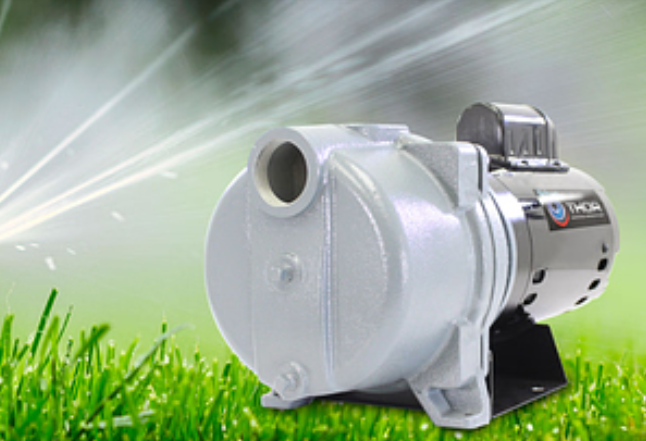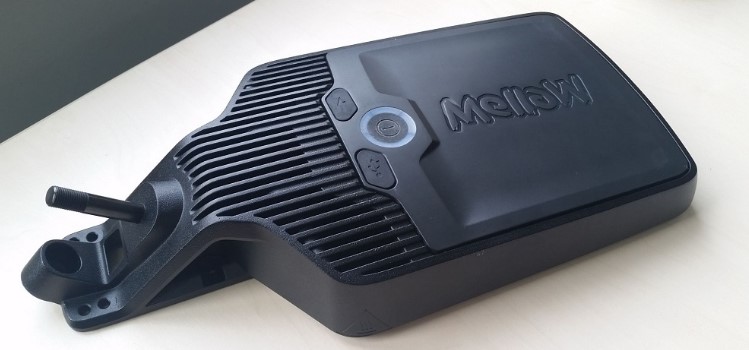How to Measure Temperature and Humidity in Duct
As air conditioning systems become more advanced and energy-efficient, the need to monitor the temperature and humidity in air ducts becomes increasingly important. Accurately measuring these factors can help ensure that your HVAC system is running at peak efficiency, which can result in significant cost savings over time. In this article, we will explore some of the best ways to monitor temperature and humidity in air ducts for an extended period.
Why Monitor Temperature and Humidity in Air Ducts?
Air conditioning systems are designed to maintain a comfortable indoor environment by regulating the temperature and humidity levels. The system works by drawing air through the ducts and cooling or heating it before releasing it back into the room. However, if the temperature and humidity levels are not adequately regulated, it can lead to several issues, including:
Reduced Energy Efficiency: When the temperature and humidity levels in the air ducts are not appropriately maintained, it can cause the HVAC system to work harder than necessary, resulting in increased energy consumption and higher utility bills.
Reduced Indoor Comfort: Incorrect temperature and humidity levels can also lead to an uncomfortable indoor environment, which can affect the health and well-being of occupants.
Health Issues: Poorly regulated humidity levels can lead to mold growth, which can cause respiratory problems, allergies, and other health issues.
Therefore, monitoring the temperature and humidity in air ducts is crucial to ensure that your HVAC system is operating at peak efficiency, providing a comfortable indoor environment, and promoting healthy indoor air quality.
How to measure the temperature and humidity in duct?

To measure the temperature and humidity of the air in the ventilation duct, you can use a device called a duct temperature and humidity sensor. This device combines a thermometer for measuring temperature and a hygrometer for measuring humidity. The probe of the duct temperature and humidity sensor can be inserted into the ventilation duct to effectively monitor the temperature and relative humidity of the air in the pipe for a long time.
Duct temperature and humidity sensors are an essential component of HVAC systems, providing real-time data on the air quality within air ducts. These sensors can accurately measure temperature and humidity levels, making them invaluable in maintaining optimal indoor air quality and HVAC system performance.
Types of Duct Temperature and Humidity Sensors
There are various types of duct temperature and humidity sensors available in the market, and each type has its unique features and benefits. The following are the most common types of duct temperature and humidity sensors:
1. Thermocouple Sensors
A thermocouple is a type of temperature sensor that measures the temperature of the air as it flows through the duct. It consists of two wires made of different metals, which are joined together at one end. When a temperature difference occurs between the two wires, a voltage is generated, which is used to calculate the temperature. Thermocouples are relatively cheap and easy to install, but they only measure temperature and cannot measure humidity.
2. Capacitive Humidity Sensors
Capacitive humidity sensors measure the humidity level in the air by detecting the changes in capacitance caused by the presence of water vapor. They work by measuring the dielectric constant of the air, which changes with humidity. Capacitive humidity sensors are relatively accurate and can measure humidity levels up to 100%. However, they are sensitive to contamination and require frequent calibration.
3. Resistive Humidity Sensors
Resistive humidity sensors work by measuring the resistance of a material that changes with humidity. They are relatively accurate and can measure humidity levels up to 95%. Resistive humidity sensors are also less sensitive to contamination than capacitive sensors, but they require regular calibration.
4. Thin Film Humidity Sensors
Thin film humidity sensors use a thin film of metal oxide that changes resistance with humidity. They are highly accurate and can measure humidity levels up to 100%. They are also less sensitive to contamination and require less frequent calibration than other types of humidity sensors.
The most common types of duct temperature and humidity sensors are thermocouples, capacitive humidity sensors, resistive humidity sensors, thin film humidity sensors, and combined temperature and humidity sensors. By understanding the different types of duct temperature and humidity sensors and their benefits, HVAC professionals can make informed decisions when selecting and installing sensors for their clients.






